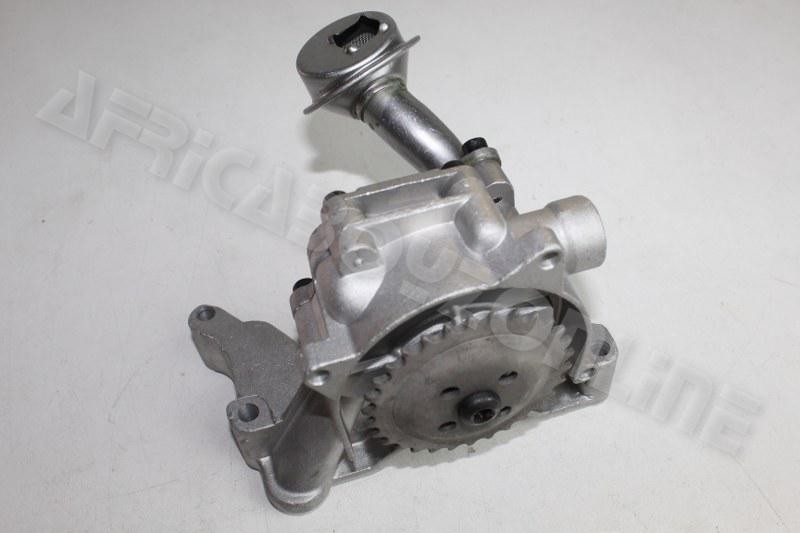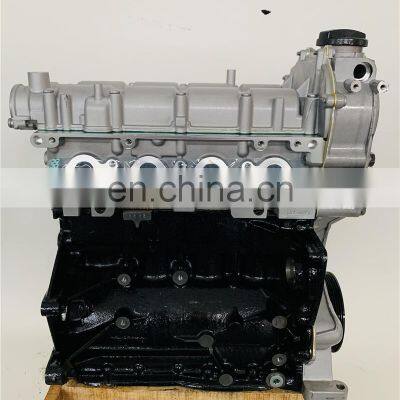How a Clp Engine Can Improve Performance in Different Industries
The arrival of CLP engines marks a considerable change in functional effectiveness across different industries, driven by their capability to enhance fuel intake and lessen downtime. Industries such as production and logistics stand to get substantially from their robust style and consistent power outcome, which assure to improve procedures and enhance efficiency. As companies increasingly focus on sustainability alongside effectiveness, the duty of CLP engines ends up being a lot more critical. What stays to be seen is just how these advancements will form the future landscape of commercial operations and their effect on more comprehensive economic trends (clp engine).
Introduction of CLP Engines
CLP engines, or Continual Fluid Propellant engines, represent a substantial development in propulsion innovation, especially for area applications. These engines use a constant feed system that enables for the continual expulsion of propellant, causing improved effectiveness and efficiency compared to conventional solid or hybrid propulsion systems. By maintaining a consistent circulation of liquid propellant, CLP engines can achieve more specific drive control, which is essential for maneuvering spacecraft in numerous goal situations.
The design of CLP engines incorporates innovative materials and innovative gas monitoring systems. clp engine. This leads to reduced weight and raised dependability, essential variables for long-duration space goals. Additionally, the continual operation reduces the risk of combustion instability, a typical obstacle in traditional rocket engines.

Benefits in Manufacturing
The production of Continual Fluid Propellant (CLP) engines offers a number of significant advantages that enhance both efficiency and cost-effectiveness. Among the key advantages is the streamlined production process, which lowers the intricacy connected with standard propulsion systems. By using liquid propellant, suppliers can attain higher precision in engine efficiency, bring about enhanced energy output and lowered waste.
Furthermore, CLP engines help with a higher level of modularity, enabling simpler assimilation right into various production lines. This versatility can considerably lower preparations and enhance total functional flexibility. Making use of CLP innovation also often tends to reduce the demand for substantial upkeep due to less moving parts, which converts into lowered downtime and operational prices.

Applications in Logistics
Leveraging Continual Liquid Propellant (CLP) engines in logistics provides considerable advantages in operational efficiency and reliability. These engines offer a robust solution for various transportation requirements, allowing the smooth activity of goods throughout large distances. The inherent style of CLP engines permits constant power result, which converts right into smoother and extra predictable transportation routines.
One of the vital applications of CLP engines in logistics remains in durable freight transport, where they can drive both ground and airborne lorries. Their capacity to keep high performance under differing load conditions makes sure that delivery timelines are met, consequently boosting client satisfaction. Furthermore, CLP engines can be incorporated right into automated logistics systems, promoting real-time tracking and maximizing course planning.
Moreover, the durability of CLP engines minimizes maintenance downtime, permitting logistics business to maximize their operational capabilities. This is specifically advantageous in warehousing procedures, where effectiveness in handling and moving products is critical. As logistics continues to advance, the combination of CLP engines stands for a forward-thinking technique that not only enhances efficiency but additionally supports the sector's expanding demands for dependability and rate.
Effect On Energy Performance
Just How do Continual Fluid Propellant (CLP) engines enhance energy efficiency in transportation? CLP engines utilize a consistent flow of liquid fuel, maximizing combustion procedures and maintaining a stable thrust outcome. This layout lessens power losses connected with continue reading this conventional combustion engines, where gas delivery can vary and result in inadequacies.
The continuous operation of CLP engines permits a much more reliable that site thermal cycle, resulting in higher specific impulse compared to traditional engines. clp engine. This converts to lowered gas consumption for the same amount of work done, considerably lowering operational prices across various transport markets, consisting of air travel and maritime industries
Additionally, the capacity of CLP engines to keep optimum efficiency under differing load problems lowers the need for frequent acceleration and slowdown, further enhancing gas efficiency. Boosted power performance not only adds to cost financial savings however likewise leads to lower greenhouse gas exhausts, straightening with international sustainability goals.
Future Trends and Innovations
Emerging improvements in Constant Liquid Propellant (CLP) engine modern technology promise to reinvent the landscape of transport effectiveness and sustainability. As industries pivot toward greener choices, CLP engines stand at the forefront, incorporating ingenious products and design methodologies that boost performance while lessening ecological effect.
One of the most promising fads is the fostering of hybrid systems that incorporate CLP engines with renewable resource resources. This synergy can optimize fuel consumption and lower discharges, aligning with international sustainability goals. Advancements in computational liquid characteristics (CFD) are promoting the style of even more aerodynamically effective engines, leading to reduced drag and enhanced fuel effectiveness.
Furthermore, the advancement of smart tracking systems is readied to boost operational effectiveness. These systems take advantage of data analytics and IoT technology to maximize engine efficiency in real-time, guaranteeing that the engines run within their most efficient parameters.
As research study continues to explore alternate propellant solutions-- such here are the findings as biofuels and synthetic fuels-- the future of CLP engines looks encouraging. By taking advantage of these developments, industries can not just enhance their efficiency however likewise add considerably to a cleaner, a lot more sustainable future in transport.
Final Thought
To conclude, CLP engines stand for a considerable development in effectiveness across several markets. Their ability to enhance fuel intake and minimize operational costs, incorporated with a continual feed system, enhances power output and functional reliability. The integration of innovative products and fewer relocating components reduces maintenance requirements, while alignment with sustainability objectives positions CLP engines as a critical modern technology for the future. Proceeded innovation in this field assures more enhancements in performance and environmental efficiency.